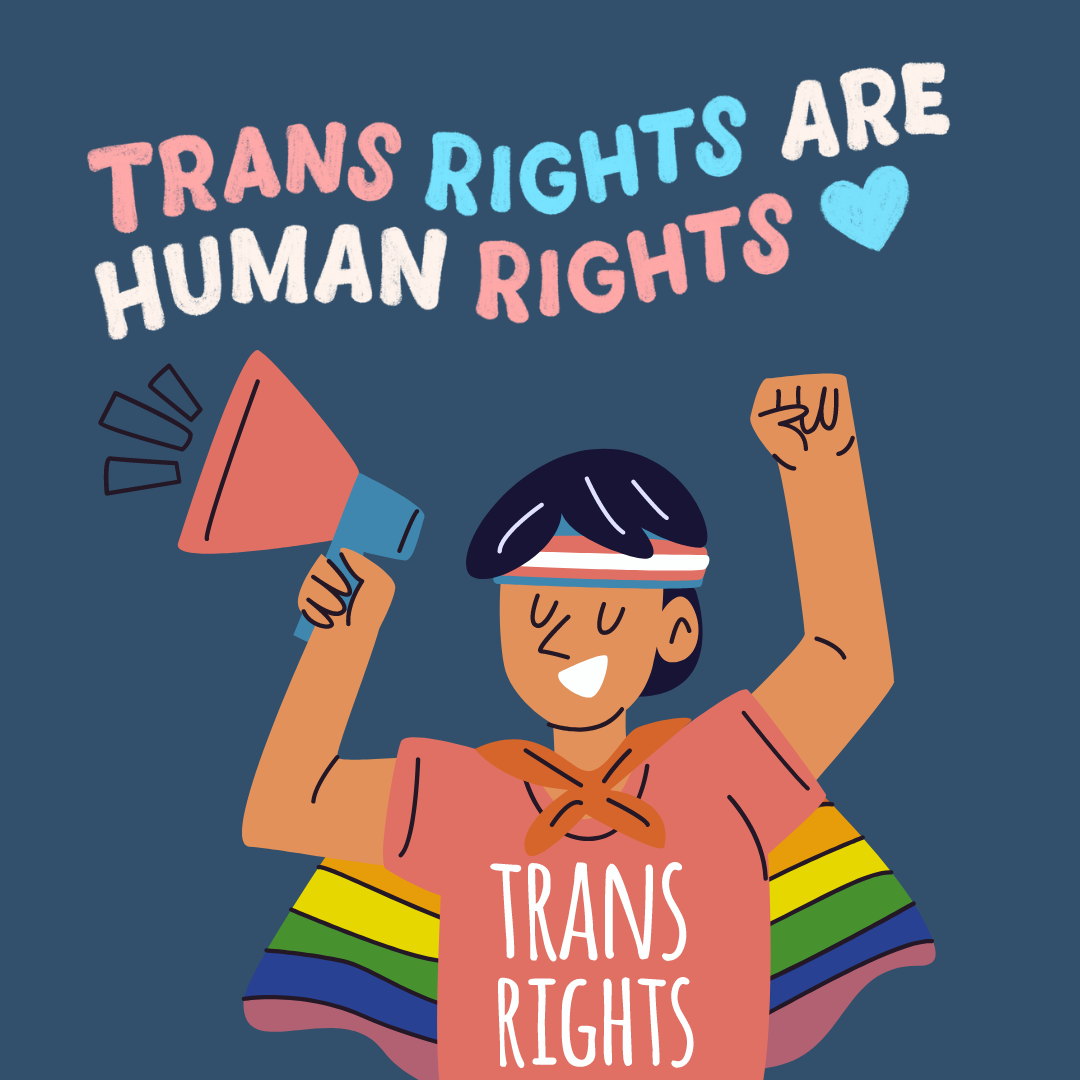
Did you know LGBTQ+ youth, especially transgender and nonbinary youth, are overrepresented in foster care and face unique challenges? It’s true, 30% of youth in foster care identify as LGBTQ+. Finding a space of support and belonging can be challenging when moving from home to home and when one’s identity is on the margins and stigmatized. LGBTQ+ youth may be just beginning to understand their place in the world, their gender identity, and their bodies. LGBTQ+ youth, and especially those who identify as trans and nonbinary, need strong advocates, supportive environments, and mentors to help them navigate potentially hostile spaces, identify their needs, and speak up for themselves.
There are particular policies, societal norms, and political issues that make life especially hard for trans youth. For example, ID H0421, a bill from Idaho in 2024, was passed that acknowledges male and female as the only legal identification for sex or gender. It restricts individuals from legally identifying as trans or non-binary, restricts gender-affirmative surgeries, and bases all gender identity definitions on a person’s biological sex. Such bills can have short- and long-term mental health consequences on trans and non-binary youth including depression, anxiety, self-harm and suicide.
While research shows all subgroups of LGBTQ+ youth in foster care have higher rates of being kicked out, abandoned, or running away due to treatment based on their identity, transgender and nonbinary youth have the highest rates. Overall, 40% of transgender and nonbinary youth in foster care report being kicked out, abandoned, or running away due to treatment based on their LGBTQ+ identity compared to 17% of cisgender LGBTQ+ youth in foster care.
In New York City, Foster Club conducted a survey that found 78 percent of LGBTQ+ foster youth moved or ran away from their foster placements because of hostility toward their sexual orientation or gender identity. The same survey found that 100 percent of LGBTQ+ youth living in group homes experienced verbal harassment and 70 percent endured physical violence, which leads to increased incidents of homelessness because the youth feel safer on the streets than in the institutions that are meant to protect them.
These statistics can be depressing and alarming. However, there is hope. Trans and non-binary youth are claiming their full identities and teaching others how to treat them.
Here are ways you can support trans youth in foster care:
- Become a gender affirming advocate for youth – having a safe, loving mentor or family is the best thing for trans youth in foster care
- Be a safe space or ally – adopt inclusive practices that acknowledge a person’s full identity—use their pronouns, have appropriate restrooms, allow participation in sports, or offer books that represent diverse gender identities.
- Find informative resources and talk about these issues within your community.
- Learn the difference between sex and gender
- Be accountable, know when you’ve made a mistake, and don’t be afraid to apologize and change your actions to become a better ally
- Kidsave provides a safe space for all youth in foster care. Make a gift today to join us as an ally for LGBTQ+ children in care.
While there are more and more stories of hope for trans and non-binary kids being able to express their authentic selves, there’s still a long way to go to reduce the negative effects of anti-trans laws and policies. But there’s still a long way to go to reduce the negative mental health effects of anti-trans laws and policies. Supporting and advocating for trans and non-binary youth while respecting their choices is one way to help.




